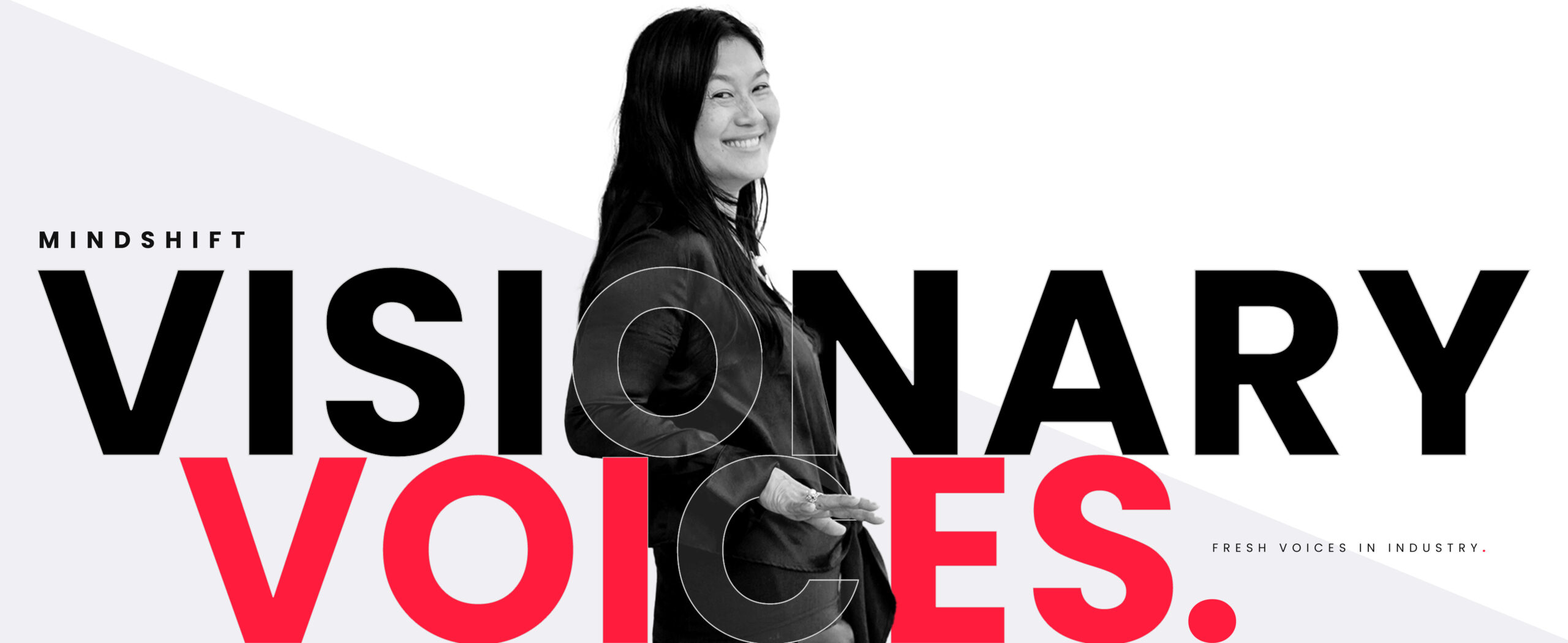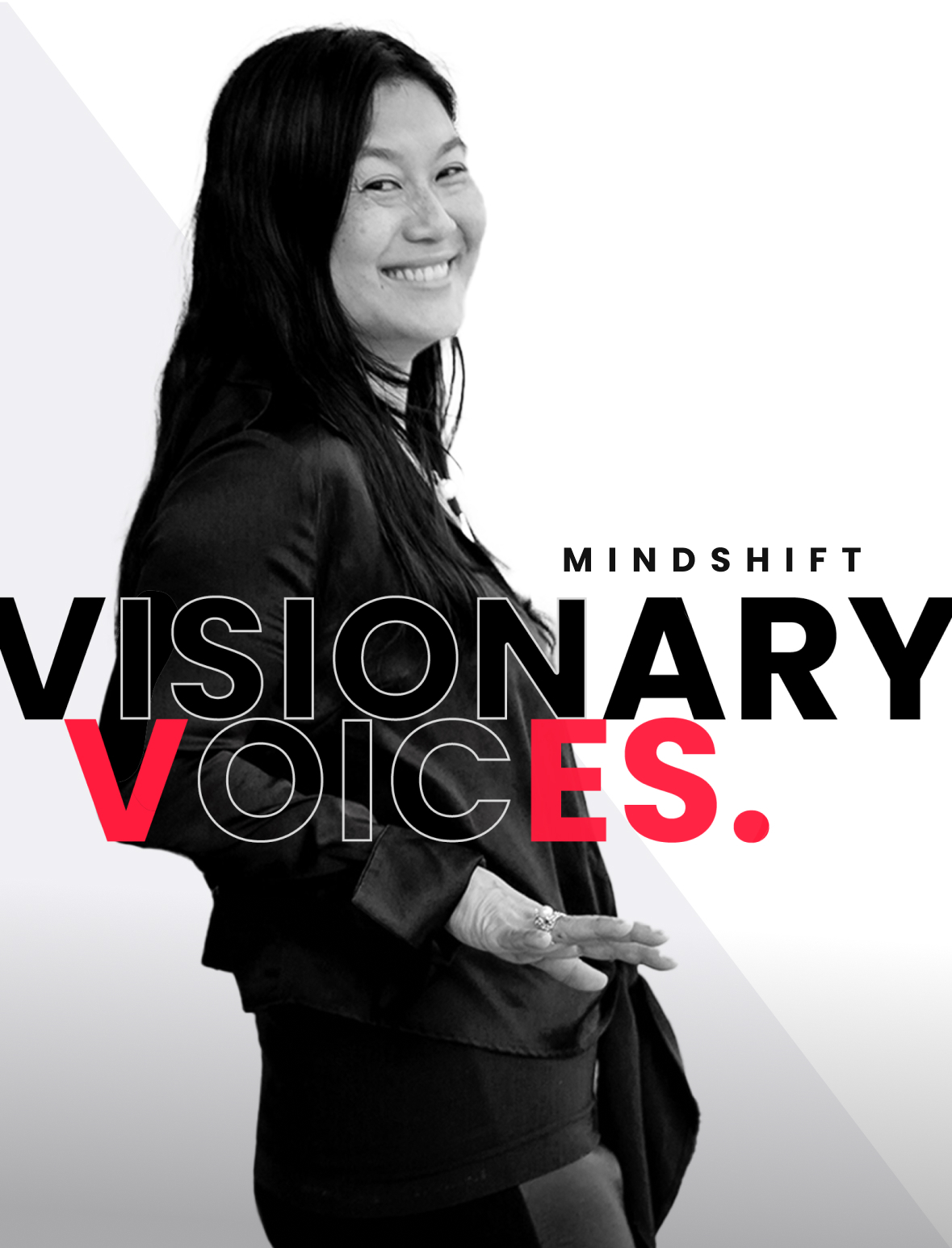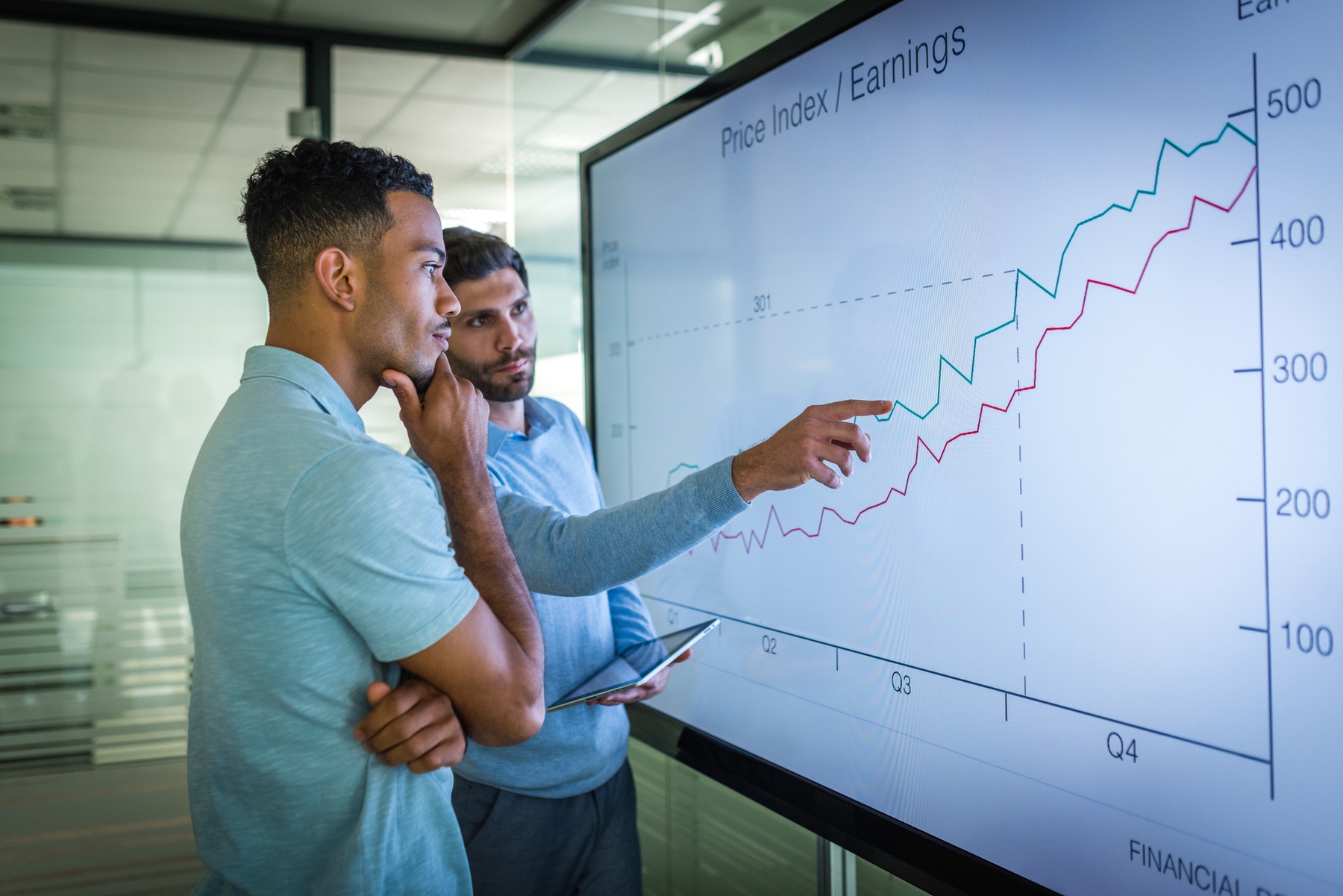

Lili Cheng, who is Corporate Vice President at Microsoft, leads the Emerging Technology Group in the Cloud and AI division for Microsoft’s business applications. Recently, she has been instrumental in integrating Generative AI into Microsoft Copilot and, by so doing, bringing AI into frontline operations and the flow of work.

Photo: Lili Cheng, Corporate Vice President, Microsoft
Lili recently spoke to Mindshift about how organizations can reap the maximum benefit from AI.
What key things need to be done at the very top of an organization to benefit from AI?
Organizations need to be open about how AI can benefit them, thinking beyond the obvious—the low-hanging fruit, if you will—and investing in it accordingly. The most senior people in an organization need to recognize that AI isn’t just about execution but also needs to be part of their strategic planning.
Is this about changing the way an organization views AI or about the changes in AI itself?
Both. AI is not new, and until recently, most companies probably were using it in an execution mode—chatbots for customer service, improvements in manufacturing, data management. They probably didn’t even think about those uses in the context of AI. Most businesses have just known they need to increase the tech expertise they have and better connect and automate their business processes.
But now, AI can do so much more. Not just in terms of speed but also in the range of capabilities it has and the departments and functions that could benefit from it. There are enterprise-wide capabilities that never existed before, and this is what makes this moment so exciting.
The Emergence of New Business Models
Do you have a sense of what new business models might emerge? And what will be necessary to turn AI into an engine for revenue growth?
There won’t be just one business model, but I think they will all have a few things in common. They will be more data-oriented in a positive way. That means looking at different kinds of data and using data not just in a retrospective way but to make more future-oriented decisions with a higher degree of confidence. People use data now to make future-oriented decisions, but going forward they’ll have more choices because of AI’s ability to gather and analyze data, so they can make better bets because of it.
Let’s say you ask AI to model outcomes. It will have more data to use and can produce more options that you can choose from. And that’s where human judgment will come in. It will be in making the choices and thinking through the implications of each possible scenario.
What other things will be done differently because of advances in AI?
Definitely more customization and improved customer experiences. Customization isn’t just about products, and customer experience isn’t just something that happens in the context of customer service. That’s usually about helping people when something goes wrong.
Customization helps customers have a better experience because it is tailored to them. So whether it’s a product or service that meets a customer’s or a client’s needs in a superior way or even anticipates future needs, again, you will see a greater range of choice.
This will be about increasing brand loyalty, innovation in advance of demand, and understanding key inflection points before they even occur.
How AI Impacts the Workforce
Do you think companies need a holistic/enterprise-wide approach to AI?
Not necessarily, in that it might make sense for certain departments, divisions, or business lines to be at the forefront instead of trying to figure it out for the whole company all at once. But there has to be buy-in at the very top. That sends the enterprise-wide message.
There has been so much emphasis on AI’s potential to take away jobs. Are there positive ways it can affect the workforce?
The focus on AI as a job destroyer doesn’t match up to reality, and that’s not just because AI still has so much runway before it’s implemented more broadly and deeply throughout businesses. I think a lot of the naysaying and trepidation is, frankly, from people who aren’t fully informed and also stems from some people’s inherent fear of change.
Did librarians’ jobs all disappear when the Internet became an everyday tool? No. Their jobs may have changed, but that’s true of all technology. Has everyone stopped using accountants because there is accounting software and you can file your tax returns online? No, and those things have made certain aspects of accountants’ jobs easier to do.
It has as much power to change jobs, and even more power to create them, as it does to eliminate jobs. And job creation won’t just be in the tech sector.
We believe it will require a collaborative approach—with business, policymakers, educators, and our communities working together—to ensure flexible, affordable, relevant training and STEM education is available for all. For instance, training programs are needed for people at all stages of the work continuum and different levels of education.
What Comes Next?
Microsoft is in an interesting position, being at the forefront of developing AI and also being in a prime position to use it. How has AI changed life at Microsoft?
Well, we certainly are a laboratory, and as users ourselves, we, of course, have almost instant access to feedback—both positive and negative. And yes, there’s both.
And because of the kind of company we are, there is little hesitation to embrace the new. But I think it has imbued a lot of fresh excitement and enthusiasm as we figure out how to use it best ourselves and how customers can and will, too. We recognize that it will open up new potential customer bases for us as AI develops and use becomes more widespread and goes beyond gen AI.
Visionary Voices is a segment of RGP’s LinkedIn newsletter, Mindshift. Each month we highlight a unique futurist who challenges us to think differently and to drive innovation. Mindshift also contains valuable research and curated content.



